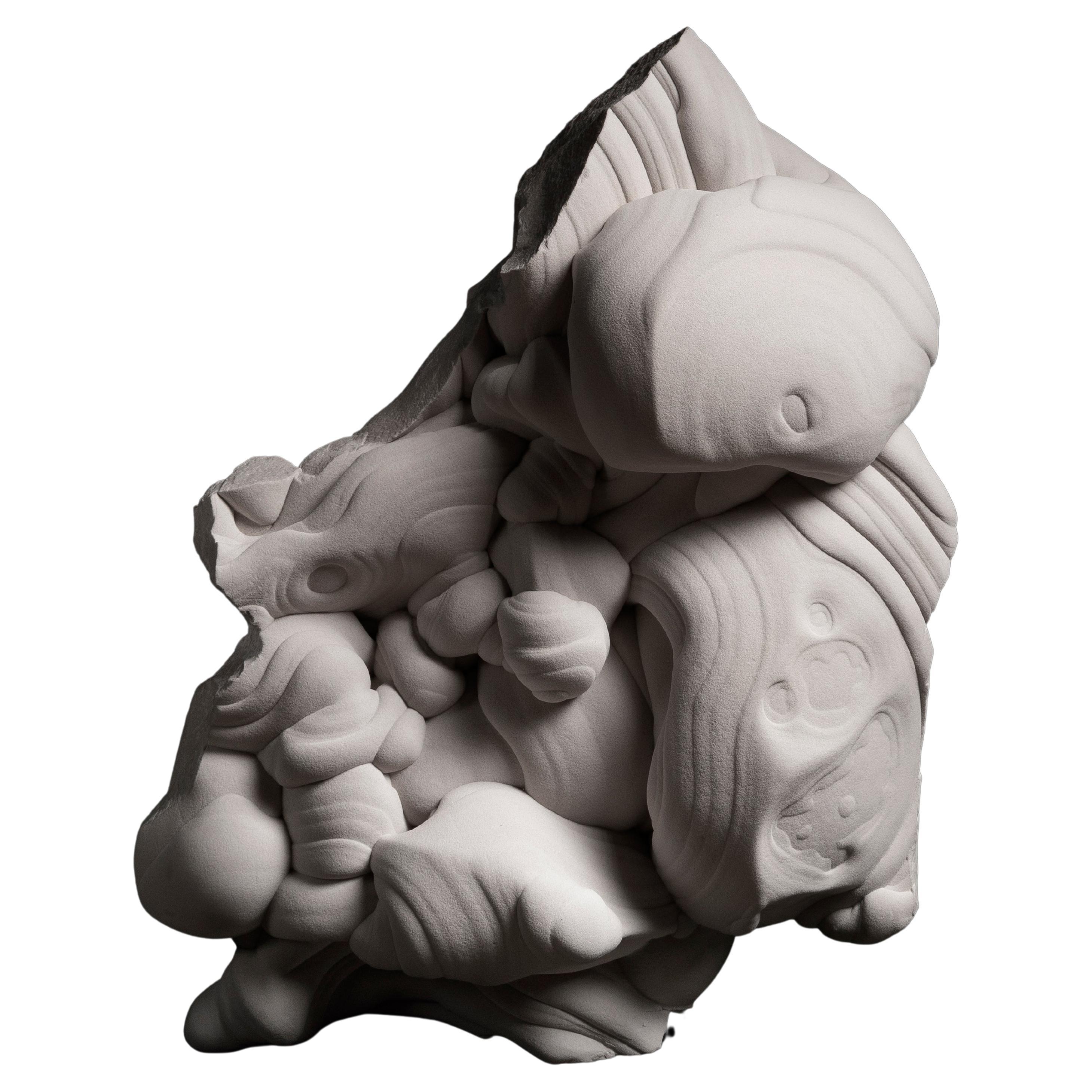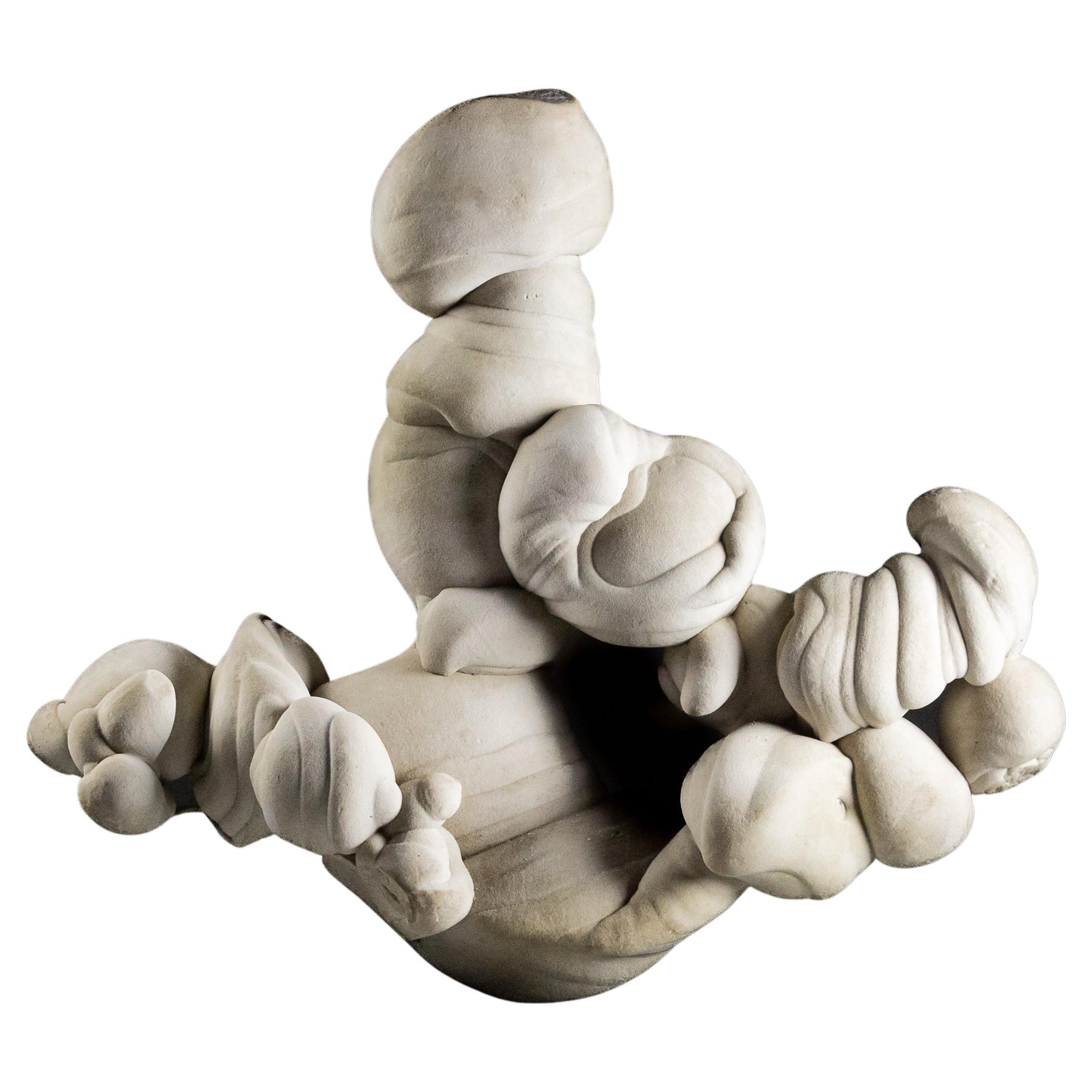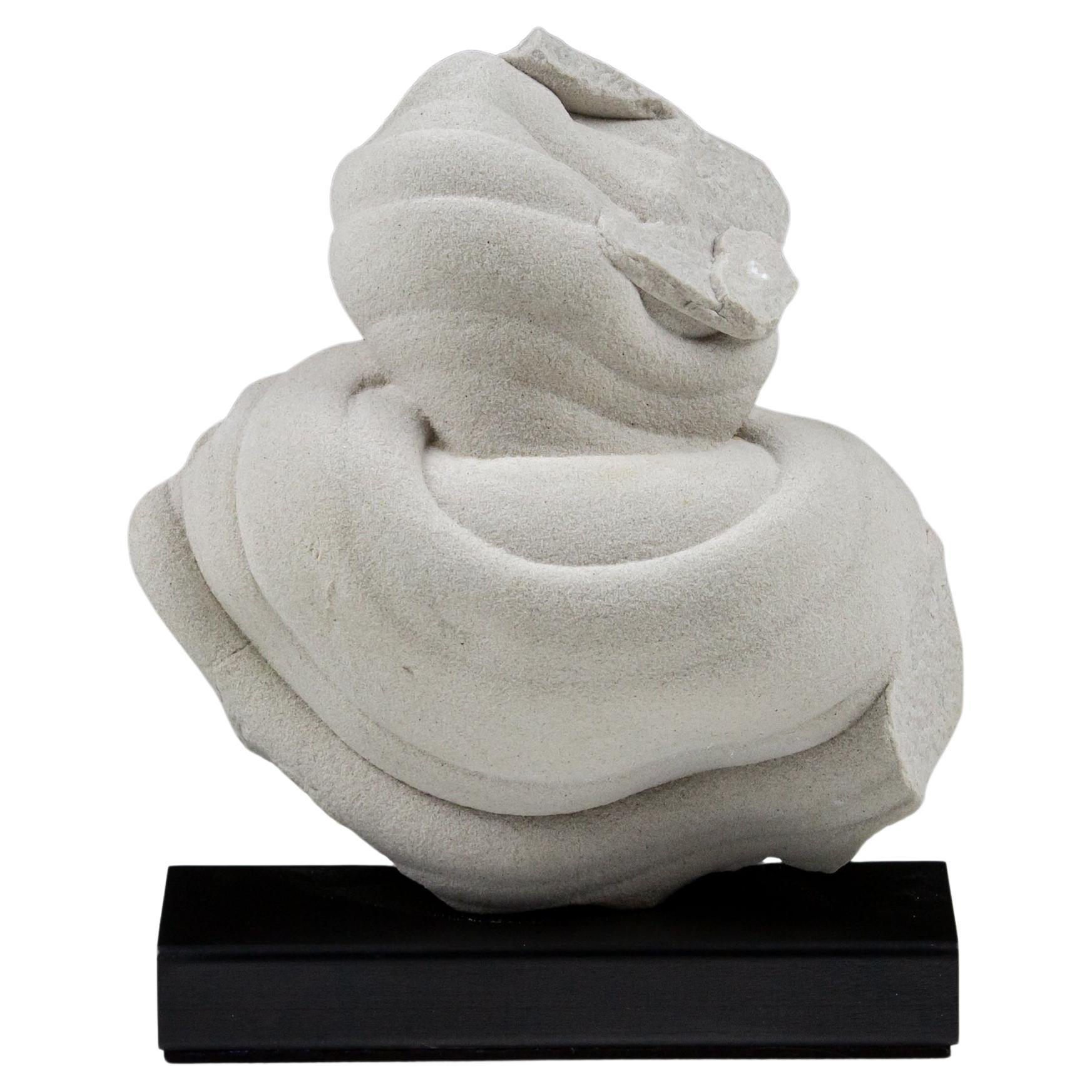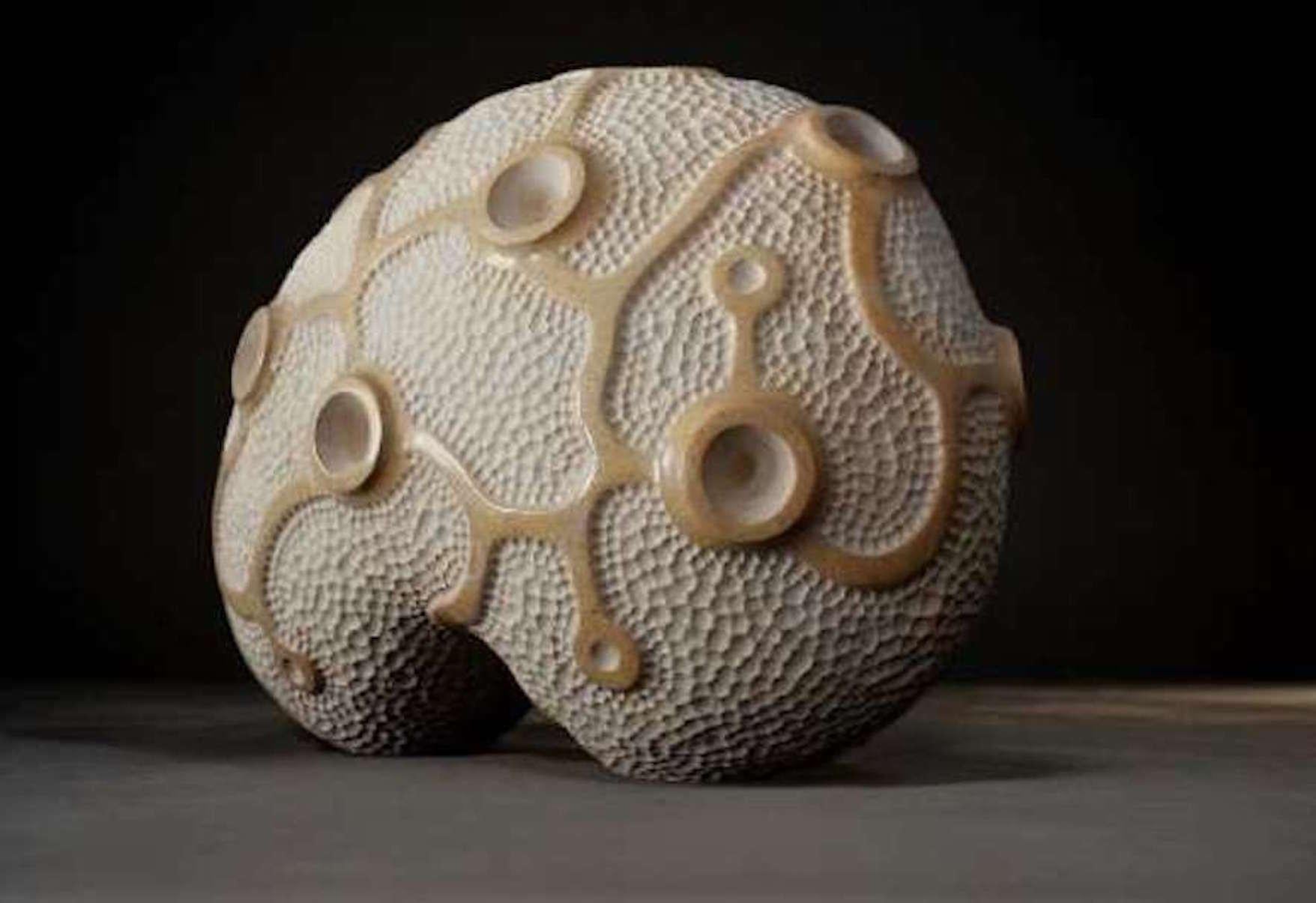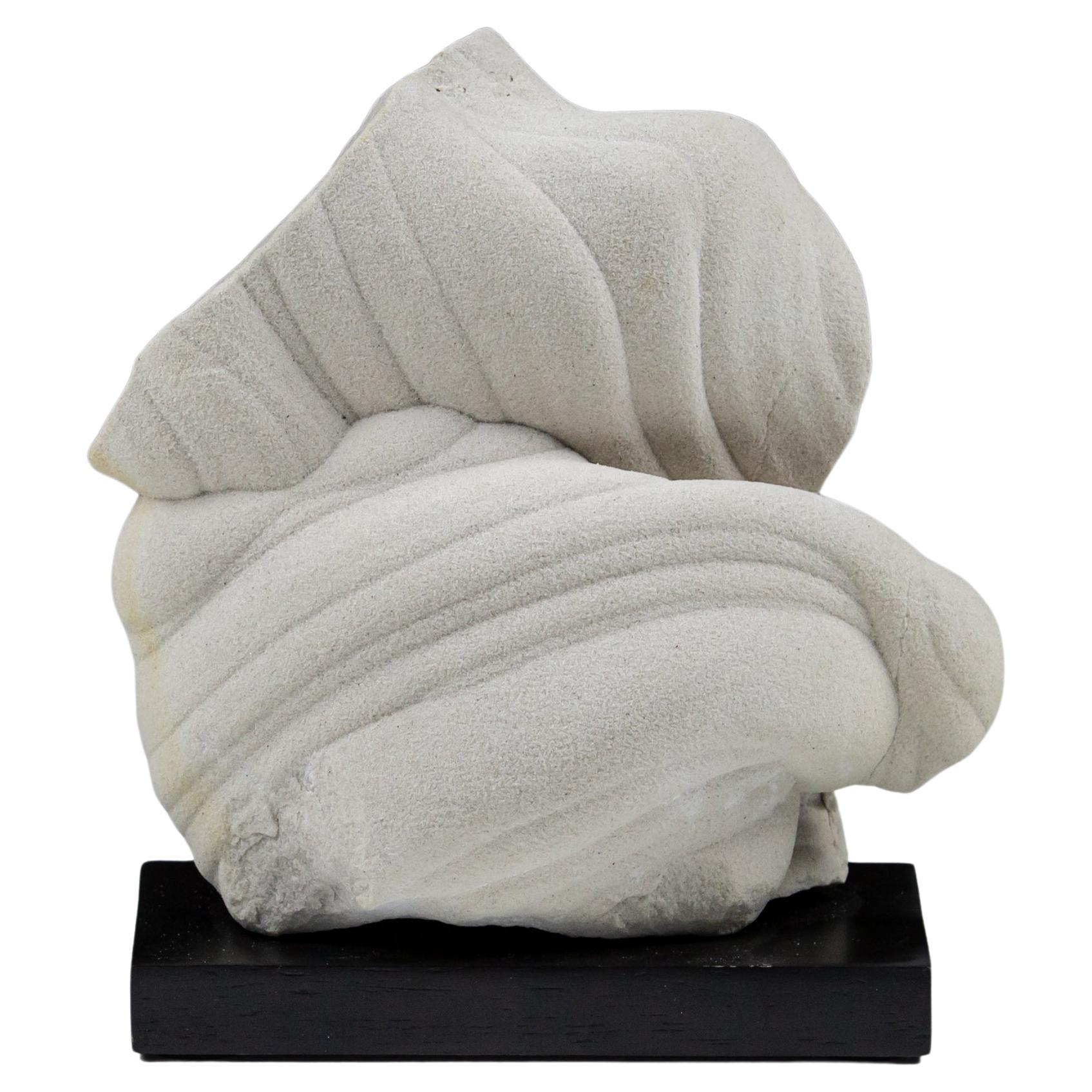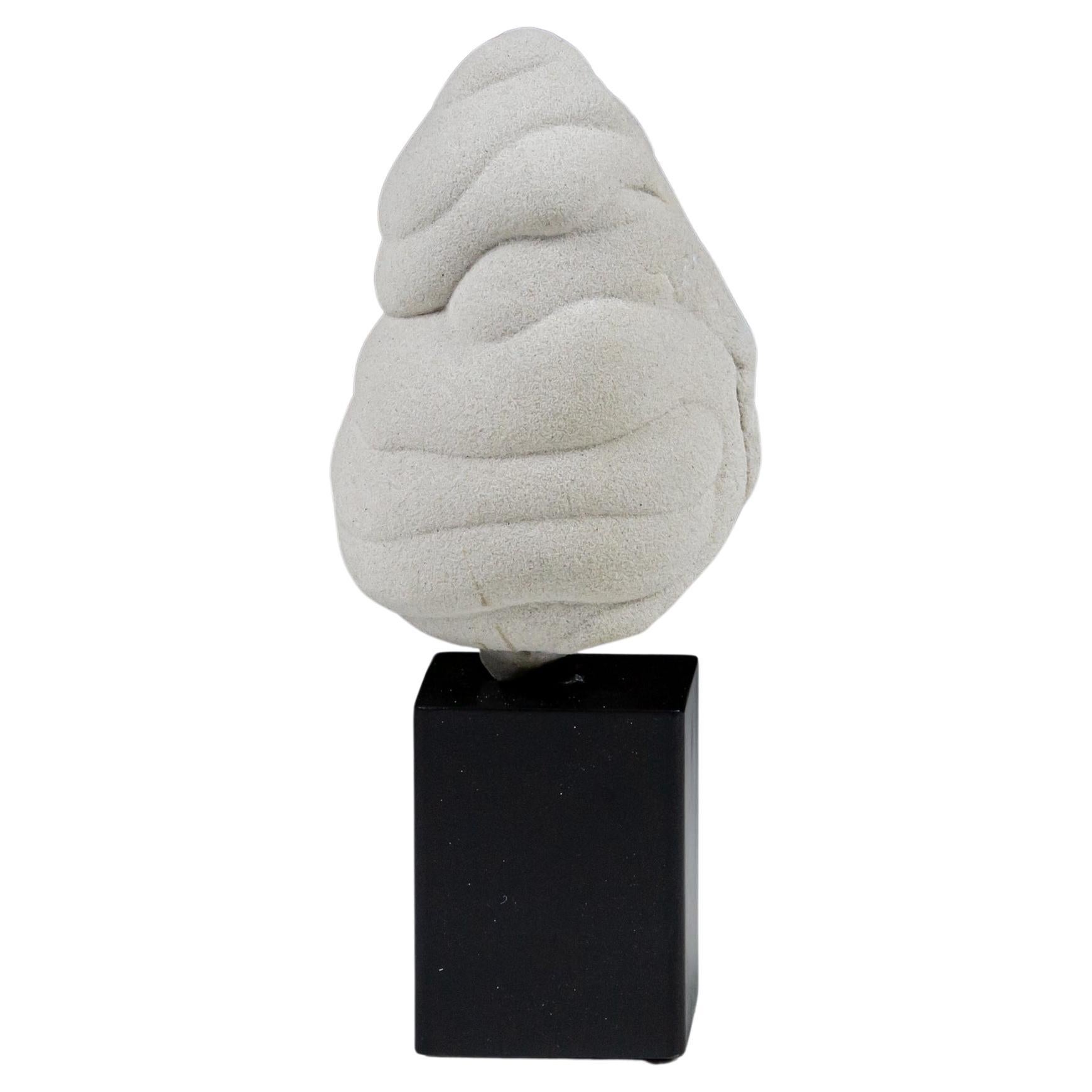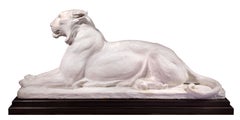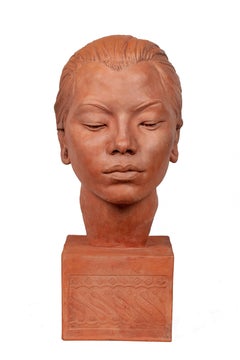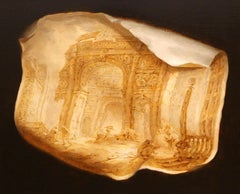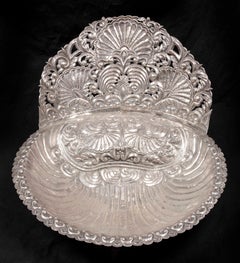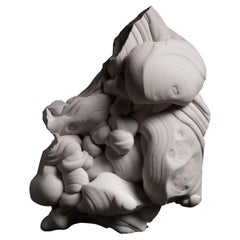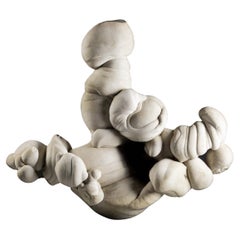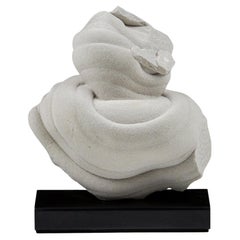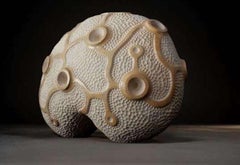Want more images or videos?
Request additional images or videos from the seller
1 of 3
Gogotte Formation (Natural Sandstone Concretion)First JourneyOligocene Period, (30 million BC)
Oligocene Period, (30 million BC)
$28,750
£21,859.76
€25,182.76
CA$40,874.94
A$44,424.03
CHF 23,476.36
MX$537,434.91
NOK 292,381.39
SEK 276,172.41
DKK 188,017.77
About the Item
Provenance: Sables de Fontainbleau, Seine-et-Marne, France
“Gogottes” are natural creations formed out of sands deposited in Northern France during the Oligocene Period, approximately 30 million years ago. Much later, in a process that has only recently become understood, groundwater rich in silica flowed through the sands, creating swirling organic shapes and cementing the sand into the fluid forms that we see today. This geological process took place during two cold periods of the Quaternary— one approximately 300,000 years ago, the other more recent, during the last glaciation, between 30 and 50,000 years ago.
Gogottes are almost entirely formed of silica (up to 99.9%) and thus are identical in composition to quartz crystal. But while concretions of sandstone are relatively common worldwide, the “gogottes” of Fontainbleau are of extreme rarity by virtue of their very fine grain, their pure and homogenous composition, and the unique shapes sculpted by the natural geological forces. They are mostly white, or slightly grey, but with the occasional presence of red or brown colors from by iron oxides, or black spots from manganese oxides.
Gogottes were prized by Louis XIV, the “Sun King,” and many were incorporated into the Bousquet des Trois Fontaines (Grove of the Three Fountains) at Versailles, designed by the French landscape architect André Le Nôtre in 1677 (Fig. 1). They were first scientifically discussed a century later, in a publication of by François de Lassone, the French physician and court doctor to Marie Antoinette. However, the appellation “gogotte” is quite recent. It was the geologist Claude Guillemin (1923-1994) who whimsically gave them their modern name, after reading Babar stories to his grandchildren. The round rocks behind which “the monster and his friends the Gogottes” hide in Les vacances de Zephir reminded him of the extraordinary Fontainbleau concretions that he studied.
Gogottes have been an inspiration to many artists, but it is as spectacular creations formed by the apparently random motions of nature that they directly awe the viewer. In the past decade several significant gogottes have appeared at auctions worldwide and have entered both private and museum collections. Prominent among them are those on public display at the Museum of Natural History in London, the Royal Ontario Museum in Toronto (Fig. 2), and the Smithsonian Museum of Natural History in Washington. The four gogottes exhibited here are exceptional examples, procured directly from the sand dunes of Fontainbleau.
- Creator:Gogotte Formation (Natural Sandstone Concretion) (French)
- Creation Year:Oligocene Period, (30 million BC)
- Dimensions:Height: 13.45 in (34.17 cm)Width: 18.88 in (47.96 cm)Depth: 7.5 in (19.05 cm)
- Medium:
- Movement & Style:
- Period:
- Condition:
- Gallery Location:New York, NY
- Reference Number:1stDibs: LU10210168732
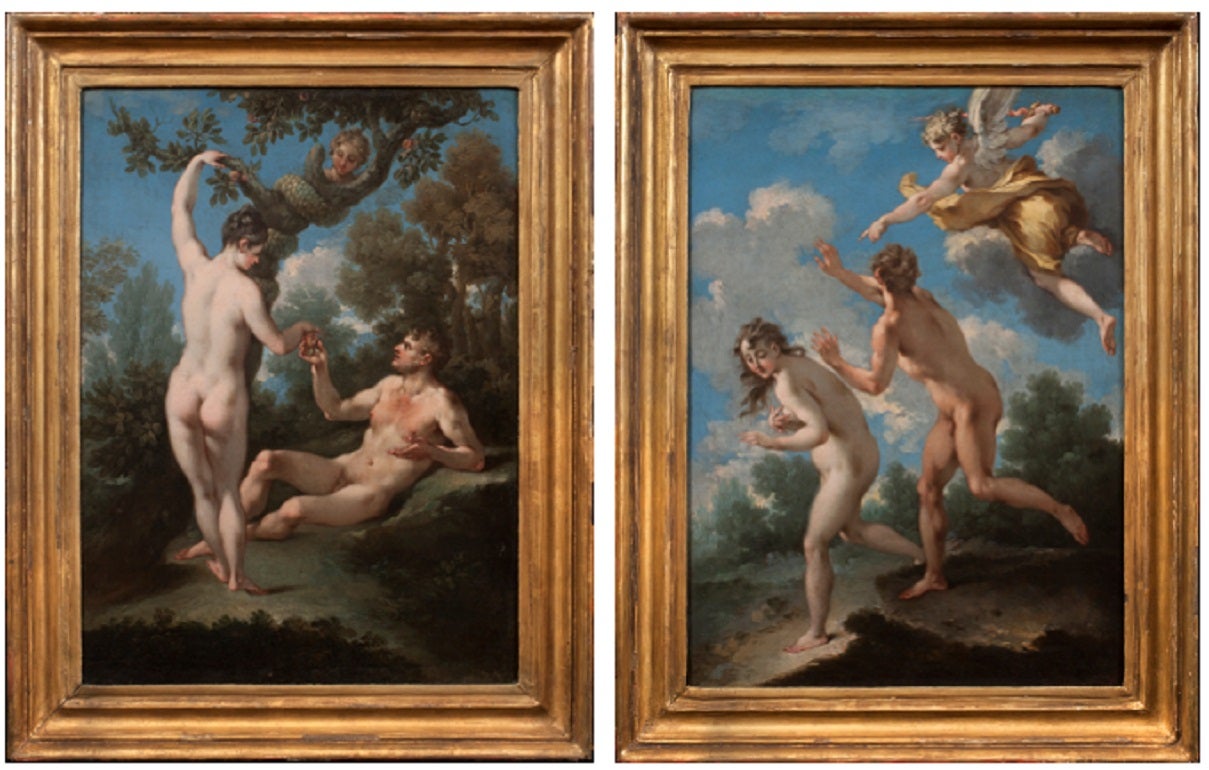
About the Seller
5.0
Recognized Seller
These prestigious sellers are industry leaders and represent the highest echelon for item quality and design.
Established in 1997
1stDibs seller since 2012
22 sales on 1stDibs
Typical response time: 16 hours
- ShippingRetrieving quote...Shipping from: New York, NY
- Return Policy
Authenticity Guarantee
In the unlikely event there’s an issue with an item’s authenticity, contact us within 1 year for a full refund. DetailsMoney-Back Guarantee
If your item is not as described, is damaged in transit, or does not arrive, contact us within 7 days for a full refund. Details24-Hour Cancellation
You have a 24-hour grace period in which to reconsider your purchase, with no questions asked.Vetted Professional Sellers
Our world-class sellers must adhere to strict standards for service and quality, maintaining the integrity of our listings.Price-Match Guarantee
If you find that a seller listed the same item for a lower price elsewhere, we’ll match it.Trusted Global Delivery
Our best-in-class carrier network provides specialized shipping options worldwide, including custom delivery.More From This Seller
View AllThe Princeton Tiger
Located in New York, NY
Provenance: The artist; thence by descent to his granddaughter:
Rhoda Knight Kalt; from whom acquired by:
Private Collection, Pennsylvania, 1995–2025.
Literature: Richard Milner, Ch...
Category
1940s Figurative Sculptures
Materials
Plaster
Portrait of Ni-Polog
Located in New York, NY
Signed, dated, and inscribed on the verso:
Malvina Hoffman/ Den Pasar/ “Nipolog”-/ © 1932/ Bali
Provenance:
The artist; her estate.
Literature:
Mal...
Category
1930s Realist Sculptures
Materials
Terracotta
Manhattan Arch – Curled Paper
Located in New York, NY
Anthony Baus is an alumnus and instructor of the Grand Central Atelier in Long Island City, New York. His unique artistic vision, which mines the world of the Old Masters and antiqui...
Category
21st Century and Contemporary American Realist Figurative Paintings
Materials
Oil, Acrylic
Cuzco School Baptismal Dish
By Spanish Colonial (Peruvian)
Located in New York, NY
Provenance:
Manuel Ortíz de Zevallos y García, Peru; and by descent in the family to:
Private Collection, New York.
This impressive baptismal dish is an example of eighteenth-cent...
Category
18th Century Old Masters Sculptures
Materials
Silver
The Infant Saint John the Baptist with a Lamb
Located in New York, NY
Provenance:
James Byrnes, Los Angeles (1917-2011)
Giusto Le Court was born Josse or Justus de Corte in the Flemish city of Ypres. His father Jean was a sculptor and presumably his earliest training was with him before he entered the studio of Cornelis van Mildert. The young artist was clearly influenced by the dominant Flemish sculptor of the time, Artus Quellinus the Elder, with whom he may have worked on the decoration of the Amsterdam City Hall.
Following the lead of many northern artists he travelled to Rome, perhaps more than once, before settling in Venice around 1655. It was there, as one of a colony of expatriate artists, that he made his name as a sculptor. One of his first Venetian commissions was for the monument to Alvise Mocenigo in the Church of San Lazzaro dei Mendicanti, where Le Court sculpted the marble figures of Strength and Justice. He also collaborated with the celebrated architect Baldassare Longhena, most famously for the high altar of Santa Maria della Salute, where he carved the multi-figured altarpiece depicting the Queen of Heaven Expelling the Plague.
The present marble sculpture depicts the infant Saint John the Baptist, reclining, wearing his traditional hair-shirt, embracing a lamb, and holding the bottom of his attribute, a reed cross. Attached to his shirt is a baptismal cup, with which he would become associated later in his life. Veneration of the infant Saint John the Baptist was prevalent throughout Italy and images of the saint in childhood—often called “Giovannino,” or little John...
Category
17th Century Renaissance Sculptures
Materials
Marble
The Three Magi
Located in New York, NY
Provenance: Private Collection, Spain.
Known as Peruvian alabaster for its translucency and workability, Piedra de Huamanga is a highly prized material from the province of Ayacucho in Peru. In the 17th and 18th centuries, local craftsman in the town of Huamanga began to specialize in the production of small-scale, polychrome religious sculptures made from this distinctive stone. Huamanga sculptures are among the most accomplished examples of carving from the Spanish Americas, where polychrome wood sculpture was a far more common sculptural medium. These works, which were created as independent sculptures or as sculptural groups—such as our three Magi—were intended for ecclesiastical as well as domestics settings.
Our three figures likely formed part of a larger Nativity group—a New World variant of the tradition of the Neapolitan Crèche...
Category
Late 18th Century Figurative Sculptures
Materials
Alabaster
You May Also Like
Natural Gogotte Formation
Located in London, GB
A magnificent example of a gogotte formation composed of thick swirls and folds of sparkling sandstone. Discovered in the Oligocene sand dunes of Fontainebleau, France, formed circa 30 million years before present or later.
The incredible, almost otherworldly appearance of gogottes may easily be mistaken for the work of a most talented artist. In fact, these sandstone sculptures are entirely natural in origin. They have been found in multiple locations but those from Fontainebleau, such as the present example, are the most remarkable. Thirty-five million years ago, a sea covered what is now the forest of Fontainebleau, and dunes of exceptionally fine and homogenous sand formed. As silica-rich water filtered through this sand, it turned into stone. The flow of water finely modelled the sandstone into the aesthetic concretions we now know as gogottes. These are rare and are only found sporadically several metres deep into the ground. They owe their sparkling white appearance to the extreme and unmatched purity of the Fontainebleau sand, sometimes reaching a composition of 99.9% silica. Each of them is unique – a masterpiece slowly fashioned by the hands of Nature.
The intriguing name of “gogotte” was coined by French geologist Claude Guillemin (1923- 1994), who was inspired by the children’s book series Babar the Elephant. In one of the books, a group of monsters called Gogottes are shown hiding behind rocks. These rocks reminded Guillemin of the sandstone concretions...
Category
Antique 15th Century and Earlier Natural Specimens
Materials
Other
Large Natural Gogotte Formation
Located in Pease pottage, West Sussex
A Gogotte Formation
Of natural form, dating from the Oligocene period (30 Million years ago). Beguiling natural mineral formation, they are the result of calcium carbonate binding w...
Category
Antique 15th Century and Earlier French Natural Specimens
Materials
Stone
Natural Gogotte Specimen Formation
Located in Pease pottage, West Sussex
A Gogotte Formation
Of natural form, dating from the Oligocene period (30 Million years ago). Beguiling natural mineral formation, they are the result of calcium carbonate binding w...
Category
Antique 15th Century and Earlier French Natural Specimens
Materials
Stone
The Link - 21st Century, Marble sculpture, Organic shapes, nature inspired
Located in Barcelona, Catalonia
Noemi Palacios expresses herself through form and matter, a medium through which she has found a deep understanding of her inner self.
Her evocative pieces are inspired by the univer...
Category
21st Century and Contemporary Abstract Abstract Sculptures
Materials
Marble
Natural Gogotte Specimen Formation
Located in Pease pottage, West Sussex
A Gogotte Formation
Of natural form, dating from the Oligocene period (30 Million years ago). Beguiling natural mineral formation, they are the result of calcium carbonate binding w...
Category
Antique 15th Century and Earlier French Natural Specimens
Materials
Stone
Natural Gogotte Specimen Formation
Located in Pease pottage, West Sussex
A Gogotte Formation
Of natural form, dating from the Oligocene period (30 Million years ago). Beguiling natural mineral formation, they are the result of calcium carbonate binding w...
Category
Antique 15th Century and Earlier French Natural Specimens
Materials
Stone
